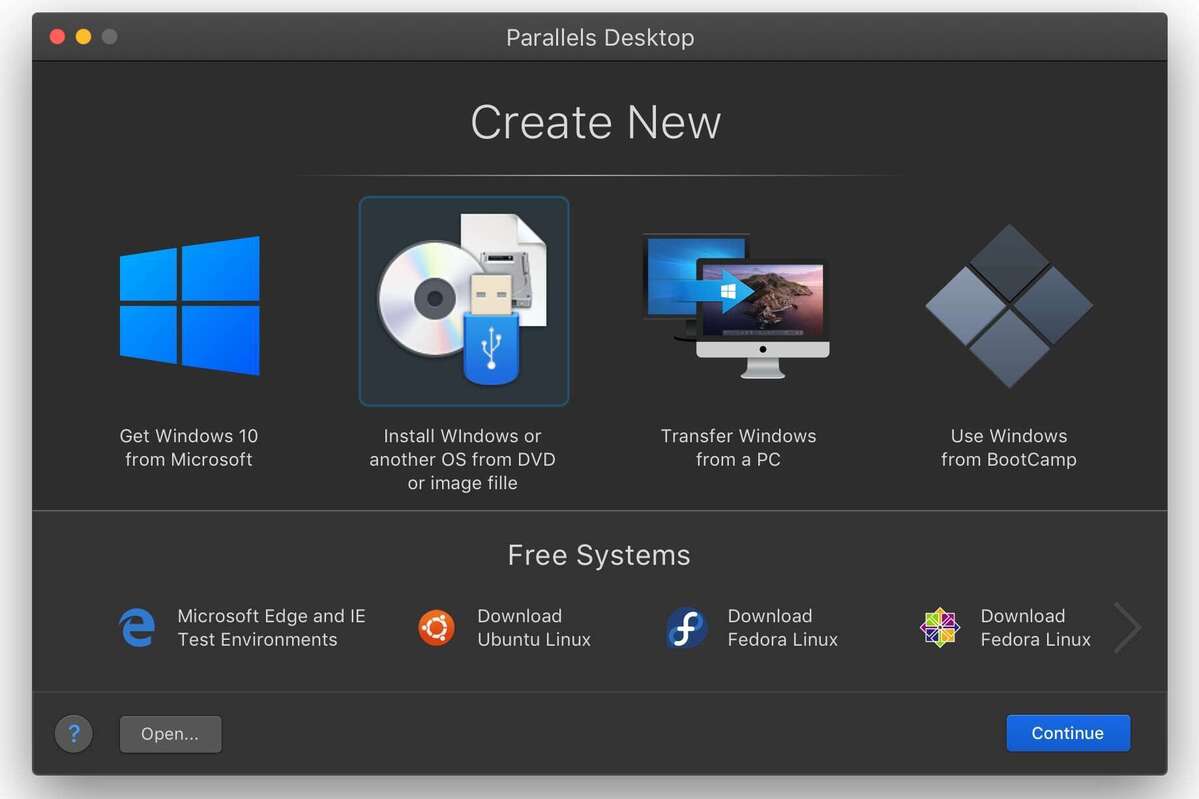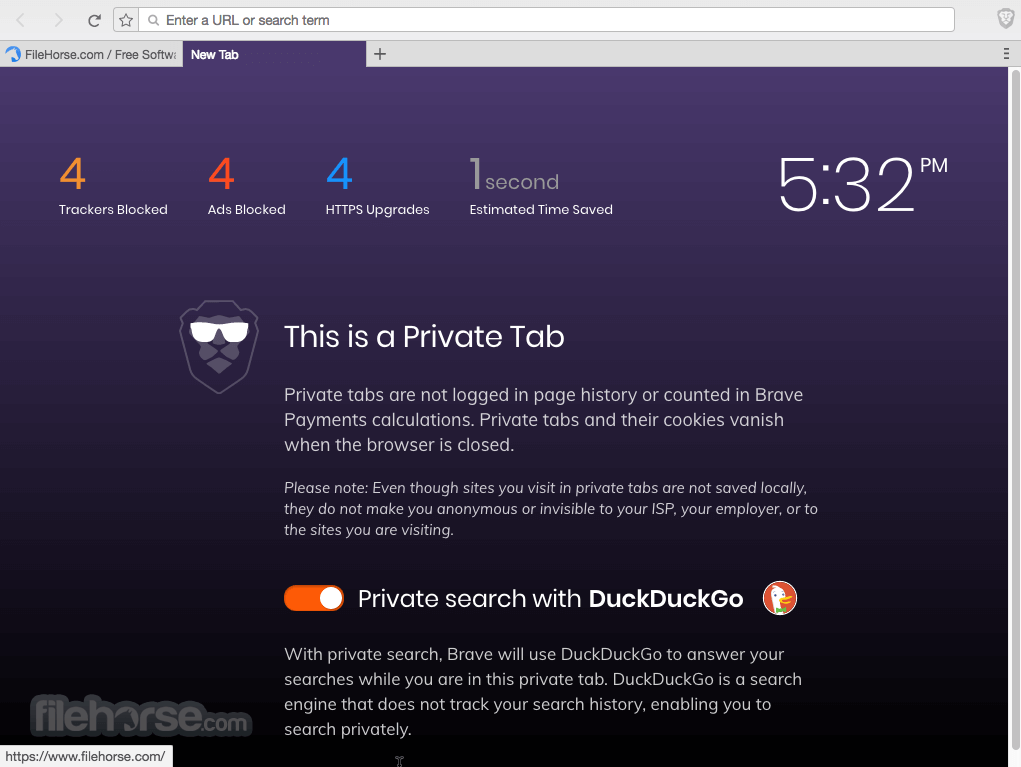Parallels Desktop for Mac is the easiest and most powerful application to run Windows on Mac without rebooting. Get up and running in minutes. Easily bring all of your files, applications, browser bookmarks, and more from your PC to your Mac. Parallels Desktop 16 for Mac is the fastest, easiest and most powerful application for running Windows on Mac — without rebooting. Get up and running in minutes and customize to your needs. Easily switch between Mac and Windows applications. Parallels Desktop Lite can only run Windows virtual machines if you pay for a subscription, however. One more note: purchasing Parallels does not give you a Windows license, or a Windows product key. If you have a Windows installation CD or USB key handy with a valid license you can use that, otherwise you will need to purchase Windows 10 from. Parallels Desktop 16 for Mac. The fastest, easiest and most powerful application for running Windows on Mac (including the new Apple M1 chip) — without rebooting. Includes 30+ utilities to simplify everyday tasks on Mac and Windows.

This article or section needs language, wiki syntax or style improvements. See Help:Style for reference.
Parallels Desktop is a hypervisor for macOS which allows users to install a variety of operating systems as 'virtual machines' (guests) on the host system, reducing the need for managing multiple physical machines. A more complete description on virtualization can be found at Wikipedia.
Installation of Arch as a guest
Parallels Desktop supports Linux guests out of the box, but only offers support for a few Linux distributions - excluding Arch Linux. This means the installation of Parallels tools have not been tested by the vendor, and requires some manual intervention to work under Arch. If you do not wish to use Parallels tools, installation is as simple as choosing 'other linux' when creating a new virtual machine and proceeding as you would on any real machine.
In addition to the instructions below, there is an installation guide for Arch Linux in Parallels Knowledgebase [1].
Parallels Tools
Overview
To improve interoperability between the host and the guest operating systems, Parallels provides a package called 'Parallels tools' which contains kernel modules and userspace utilities. See Parallels Tools Overview for a list of its features.
This article assumes users want to make full use of the tools, including Xorg configuration. If you are running a headless server, you can skip over the sections relating to X.
When referring to the version of parallel tools the form is <Parallels.Version>.<Tools Version>. For example: 9.0.24237.1028877 corresponds to Parallels version 9.0.24237 with tools version 1028877
Required Kernel & Xorg versions
The tools installer uses binaries which can sometimes be incompatible with the latest version of Xorg or kernels in the Arch repository.
Different versions have different software requirements:
- 9.0.24229.991745 needs 3.13.8 (or possibly a later 3.13.y) (3.14 is known to show a black screen and freeze the system) and Xorg 1.15.y or earlier
- 9.0.24237.1028877 works on Arch 3.14.15-1-lts (newer versions may work) and Xorg 1.15.y or earlier
- 11.0.0.31193 works on Arch 4.1.6-1 and Xorg 1.17.2-4
- 12.1.0.41489 works on Arch 4.8.7-1 and Xorg 1.18.4, after removing the PATH statement in the install script (cdrom//Parallels Tools//install), and adding 'iomem=relaxed' to kernel boot parameters.
- 14.1.3.45485 works on Arch 5.1.16-1 and Xorg 1.20.5 when following this guide
- 15.0.0.46967 works on Arch 5.3.1-1 and Xorg 1.20.5 (Parallels 15)
And there are different ways to obtain them:
- linux 3.13.8 can be obtained from the Arch Linux Archive
- linux 3.14.15 is the current linux-lts, so just install that and regenerate your grub config.
- xorg 1.15.y can be obtained using the instructions & repo from AMD Catalyst.
See also Downgrading packages#Downgrading the kernel.
Configuring Xorg
Parallels Desktop Key

The Parallels tools installer will take care of configuring Xorg, so just follow the instructions at Xorg to install the relevant packages on your system. Install the xf86-video-vesa package to use the vesa driver.
Preparing dependencies
The installation script expects to find your init-scripts in /etc/init.d/ and will fail if it's not present. Since Arch uses systemd, create a symlink to the systemd scripts directory and set the def_sysconfdir variable:
The installation script also expects the file /etc/X11/xorg.conf. We can just create an empty file, as it will automatically be configured by the installer:
Then, you need to install standard build utilities, python2, and kernel headers: {{Pkg|base-devel python2linux-headers
depends on your Parallels version, you may have to install linux-lts-headers instead of linux-headers.
Finally, create a temporary symbolic link to python 2. Remove this link after the installation process.
Installing Parallels tools
Choose 'install Parallels Tools' from the 'Virtual Machine' menu. Parallels Tools are located on a cd-image, which will be connected to your virtual machine. You have to mount it first:
Now you can proceed to install Parallels tools using the installation script as follows:
Parallels tools with kernel v5.9+
Parallels tools currently requires to be patched to work with kernel v5.9 or newer. In case the installation step above failed, try and follow the instructions here:
Systemd Configuration

The Parallels tools daemon should be started at boot, so create a service file like the following:
Enable the parallels-tools.service service. Reboot the system and Parallels tools should now be installed and working.
Using the Tools
Sharing Folders
You can specify which folders on your hosts system you would like to share with your guests under 'virtual machine > configuration > sharing'.Then you mount a shared folder like this:
Dynamic Display Resolution
A very helpful tool is prlcc. It changes the resolution of the display (in the guest - not the host) automatically when your resize your window. If this tool is not running, the contents of the window gets stretched or shrunken.prlcc is usually started automatically and runs in the background. If not, run the following (or place it in a configuration file like /etc/X11/xinit/xinitrc.d/90-prlcc):
Future work
In general, updating system packages like the linux kernel or Xorg can break Parallels tools and you will need to re-install them. In some cases, new packages will be incompatible with the tools and they will stop working - in that case you will need to roll back the newly installed packages and wait until Parallels releases a new product build before updating your guest (in the hope they have resolved any previous incompatibilities).
See also
- Wikipedia:Parallels Desktop for Mac – Parallels Desktop for Mac page in Wikipedia
- Parallels Desktop User Guide per version:
- In pdf: v15, v14, v13, v12, v11, v10
- In html: v6
The M1 Mac’s inability to run Windows might seems like an obvious limitation, but it’s actually a major issue for a lot of Mac users. Boot Camp is gone so you can’t run Windows natively, which means you need to use a virtualization app. A few months ago, Parallels previewed its Parallels Desktop for Mac virtualization software on M1 Macs, and on Wednesday, the company annnounced that Parallels Desktop 16.5 for Mac—which brings full native support for both M1 and Intel Macs—is out of beta and now available to the general public.
Parallels Desktop Free
If you want to run Windows on your M1 Mac, you can launch Parallels Desktop 16.5 to run the Windows 10 ARM Insider Preview, the only version of Windows that can run on Apple silicon. To get the Insider Preview, you need to register for Microsoft’s Insider Program. Keep in mind that this is beta, so some features may not work, and it isn’t optimized for performance.
Despite the lack of optimization on Microsoft’s part, Parallels claims that performance of Windows 10 ARM is 30 percent better on an M1 Mac than Windows on an Intel Core i9 MacBook Pro, and DirectX performance is 60 percent better compared to a MacBook Pro with a Radeon Pro 555X GPU. And the M1 Mac uses 2.5 less energy than a 2020 Intel MacBook Air, the company says.
The major features that were in the version 16 release are fully available on M1 Macs, including Coherence Mode, Mac keyboard layouts, Shared Profiles, Touch Bar controls, and more. Parallels says that it “hopes” to add the ability to run macOS Big Sur in a virtual machine later this year.
Parallels Desktop
Parallels Desktop 16.5 for Mac is $79.99 for a new subscription or $99.99 for a new perpetual license. An upgrade from Parallels Desktop 14 or 15 to a perpetual license is $49.99.

